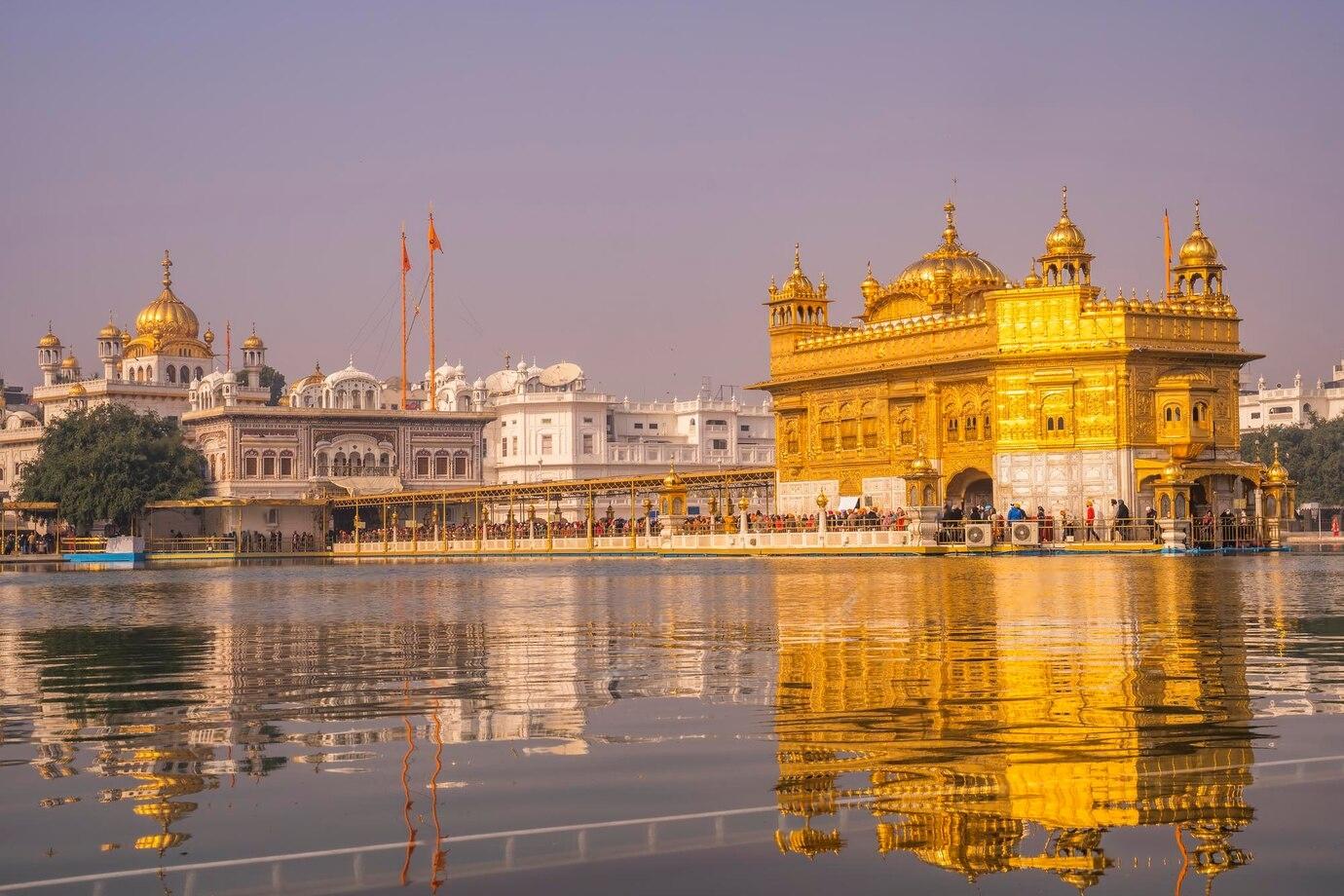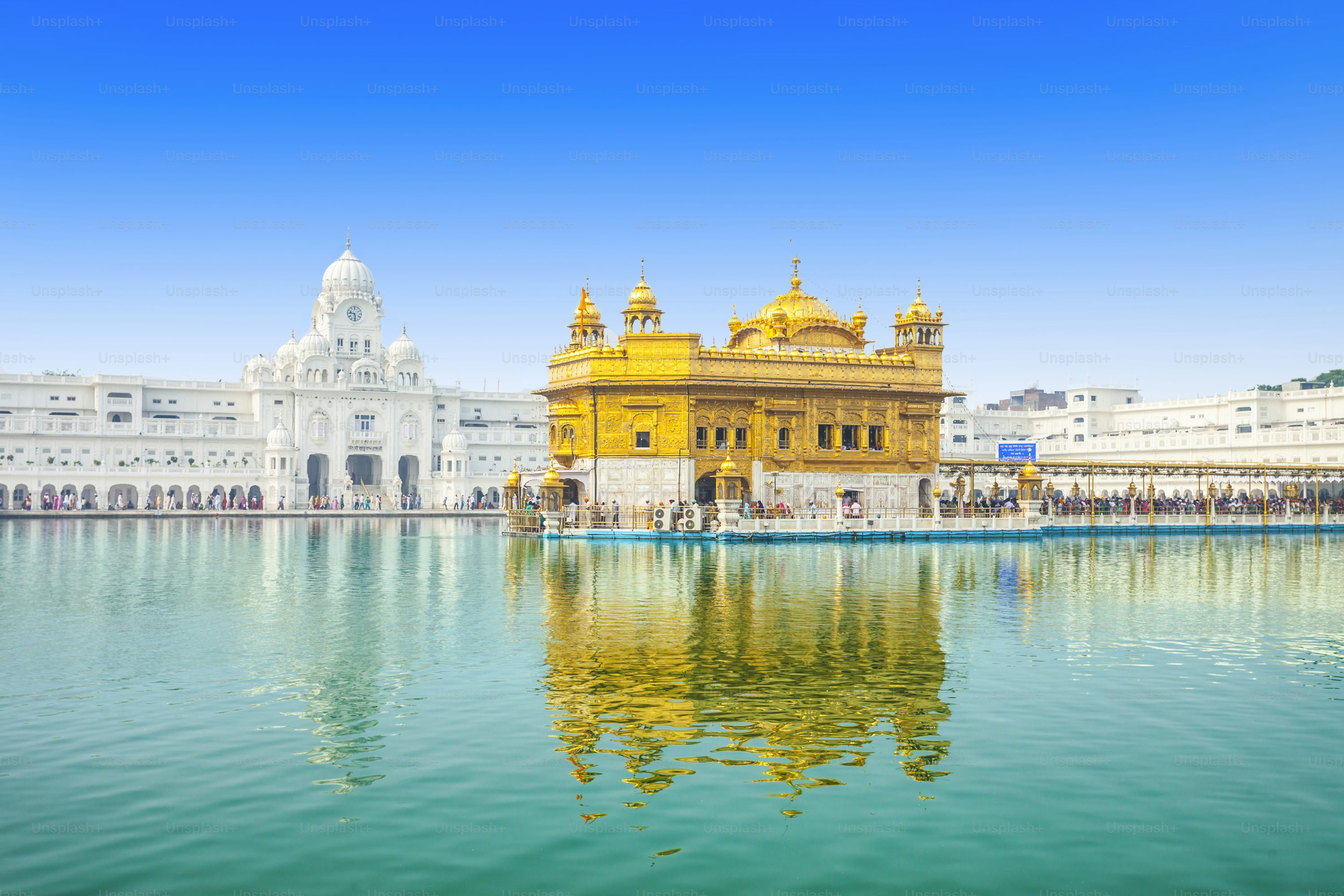When and why the Golden Temple was built:
The Golden Temple, also known as Harmandir Sahib, was founded in 1581 by Guru Arjan, the fifth Sikh Guru. It
was built to serve as a central place of worship for Sikhs and was designed to be open to people of all faiths
and backgrounds. The temple's foundation was laid on a site that is considered sacred, surrounded by a large
pool of water known as the Amrit Sarovar (Holy Pool).
Unique features of the temple’s architecture:
The Golden Temple is famous for its stunning architecture, especially the gold-plated structure that adorns
the upper floors of the building. The temple’s architecture blends elements from Hindu and Mughal styles, and
its intricate marble and gold work is a testament to the craftsmanship of its creators. The Amrit Sarovar, or
Sacred Pool, surrounding the temple adds to its serene beauty and is an integral part of the temple's
spiritual significance, as devotees believe the waters have healing properties.

